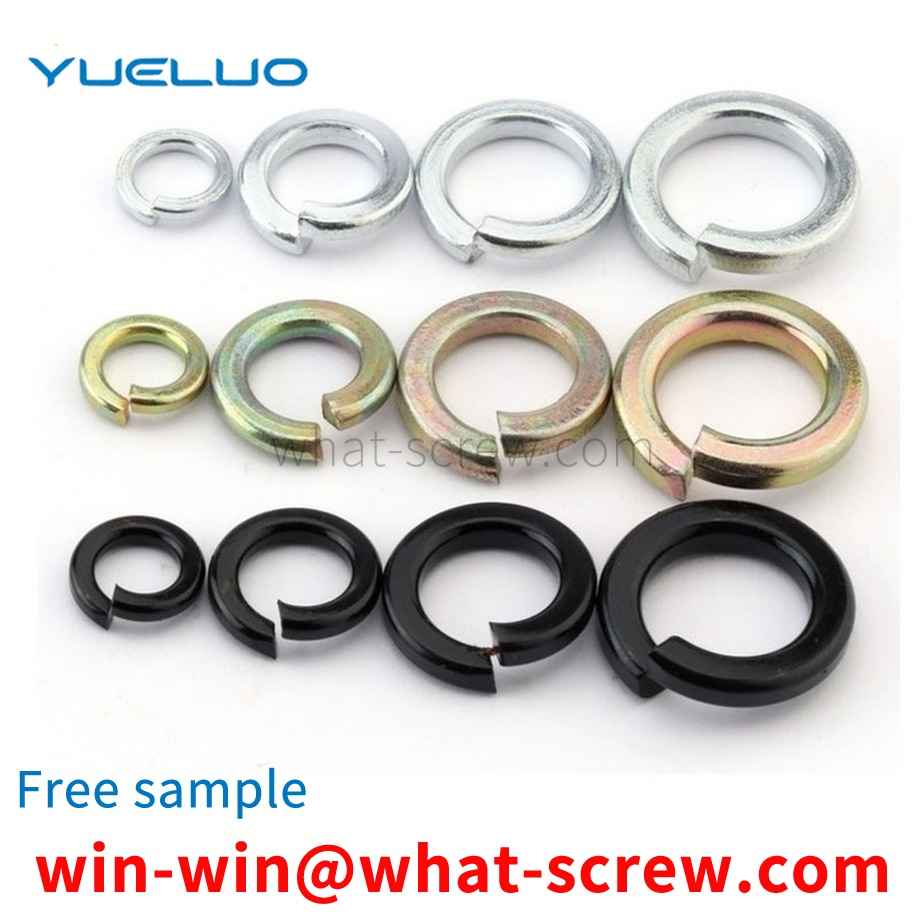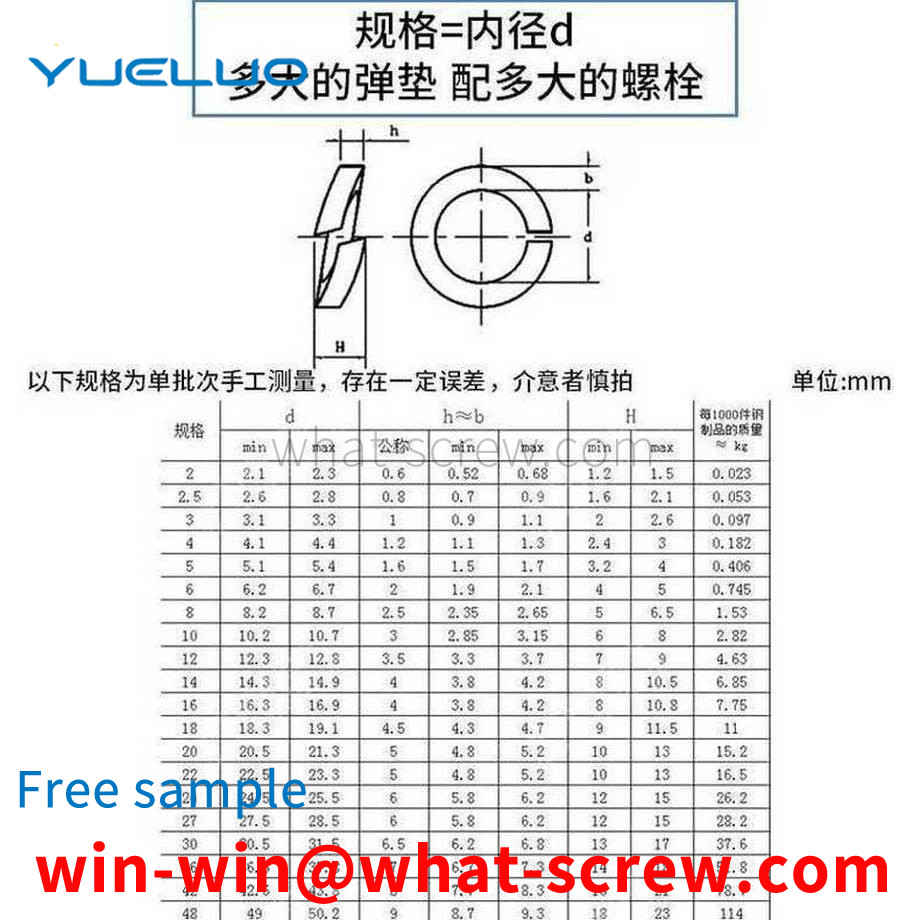For hexagonal nuts, the commonly used standards are: GB52, GB6170, GB6172 and DIN934. The main differences between them are: the thickness of GB6170 is thicker than that of GB52, GB6172 and DIN934, commonly known as thick nuts. The other is the difference between the opposite sides, the opposite sides of DIN934, GB6170 and GB6172 in the M8 nut series are 13MM smaller than the opposite side 14MM of GB52, and the opposite sides of M10 nuts, DIN934 and GB52 are 17MM. The opposite side of GB6170 and GB6172 should be 1MM larger, M12 nut, DIN934, GB52's opposite side is 19MM larger than GB6170 and GB6172's opposite side 18MM is 1MM larger. For M14 nuts, the opposite side of DIN934 and GB52 is 22MM, which is 1MM larger than the opposite side of GB6170 and GB6172, which is 21MM. The other is the M22 nut. The opposite side of DIN934 and GB52 is 32MM, which is 2MM smaller than the opposite side of GB6170 and GB6172, which is 34MM. (Besides the thickness of GB6170 and GB6172 are the same, the width of the opposite side is exactly the same) The rest of the specifications can be used in general without considering the thickness.
An anti-loosening nut structure includes a flat nut and an oblique nut. One end surface of the oblique nut is an oblique surface, and an angle is formed between the oblique surface and the vertical line of the screw hole axis of the oblique nut. Nuts are installed on the bolts one after another, and the mating contact surfaces of the two nuts include the inclined surface, which are tightened in sequence.
1. No matter what industry it is, the business is more difficult, and it is still more difficult for the fastener business. After a long period of contact, I realized that the business of making fasteners also requires a lot of attention to be able to do it well. In the business of making fasteners, not just any person can do it, and they all have certain requirements. 2. When it comes to the business of fasteners, no matter what kind of salesperson, the first thing you must have is enough patience, so that we can do this job with confidence, and some customers are not difficult to follow us. Communication, as long as we have enough patience, then we have a greater chance of being able to cooperate with customers on fasteners, and in the face of some relatively large fastener customers, sometimes it is not that we can get it all at once , Sometimes if you want to cooperate, you need to go through multiple contacts to promote a cooperation, so as a salesperson, enough patience is essential. 3. Then, as a fastener salesman, what you need to have is perseverance. Sometimes the salesperson is difficult at work. At this time, you need to adjust it in time, so it will not lead to the phenomenon of giving up easily, after all As a salesman, only through our own efforts can we have the opportunity to receive orders for fasteners from customers. What we need is to be able to face difficulties and move forward bravely. 4. The most important thing for fastener salesmen is to pay attention to details. If we can do a good job in the details, then sometimes we are not far from success. The above are several requirements that need to be met in the fastener business.
The pressure riveting nut, also known as the self-tightening nut, is a kind of nut applied to thin plates or sheet metal parts. To facilitate the installation of other parts on the printed circuit board. The conventional process is to design prefabricated holes on the printed circuit board in advance, and squeeze the rivet nut into the board through pressure, so that the periphery of the hole is plastically deformed, so that the rivet nut is firmly fixed on the circuit board. In important positions, the use environment of pressure riveting nuts is relatively harsh. In display products, due to space constraints, pressure riveting screws are used a lot. The riveting quality of pressure riveting screws has a direct impact on the reliability of the system. The riveting process is correct. The key technology of using rivet nuts.
National standard lock nut GB/T 6182-2000 Type 2 non-metallic insert hexagonal lock nut. GB/T 6183.1-2000 Non-metallic insert hexagonal flange lock nuts. GB/T 6183.2-2000 Non-metallic insert hexagonal flange lock nuts - fine pitch. GB/T 6184-2000 Type 1 All-Metal Hexagon Lock Nuts. GB/T 6185.1-2000 Type 2 all-metal hexagonal lock nuts. GB/T 6185.2-2000 Type 2 all-metal hexagonal lock nuts with fine teeth. GB/T 6186-2000 Type 2 All-Metal Hexagon Lock Nuts Grade 9. GB/T 6187.1-2000 All-metal hexagonal flange lock nuts. GB/T 6187.2-2000 All-metal hexagonal flange lock nut with fine teeth. GB/T 889.1-2000 Type 1 non-metallic insert hexagon lock nuts. GB/T 889.2-2000 Type 1 non-metallic insert hexagonal lock nut fine pitch.
We have many years of experience in the production and sales of screws, nuts, flat washers, etc. The main products are: steel structure bolts, 304 pins, flat head built-in screws, tooth rod screws and other products, we can provide you with suitable fastener solutions for you Program.



















 Service Hotline
Service Hotline




